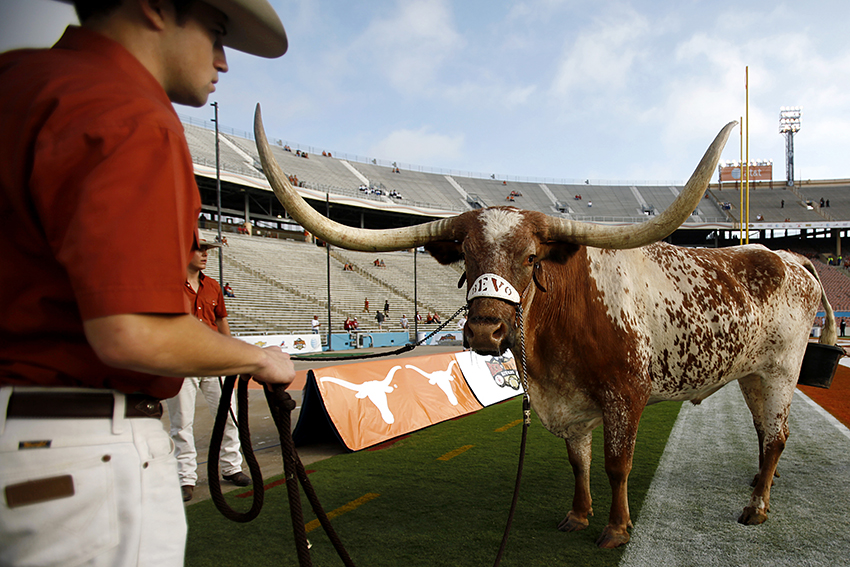Through the research of bovine leukemia virus, the disease that killed Bevo XIV in 2015, UT researchers have made discoveries to help understand hepatitis C in humans.
Molecular Biosciences professor Chris Sullivan and postdoctoral fellow Rodney Kincaid found that the virus uses a protein called DUSP 11 to replicate the virus and eventually kill the animal. Their recent discovery found human hosts use DUSP 11 as a defense to protect against hepatitis C. While DUSP 11 accelerates the progress of the virus and kills cattle, DUSP 11 defends against hepatitis C in humans. Sullivan said these findings could improve several existing drugs that
currently treat hepatitis C.
“We may have helped explain this mystery of how this virus causes cancer in cattle and then, a little unexpectedly, the same protein that is used to the advantage of some viruses is a defender against other viruses,” Sullivan said.
Sullivan said funding for research in animal diseases is often difficult to receive because sponsors would rather support the research in human diseases. However, Sullivan said researching animal illnesses often provides valuable insight for human diseases.
“Many people aren’t aware but nonhuman pathogens can teach you a lot about human illness, especially animal viruses that cause cancer,” Sullivan said.
In a 2011 UT bioinformatics class, Kincaid said he wrote a gene prediction software program that contributed heavily to this research. Kincaid also trained Victor Lam, who graduated in 2017, as an undergraduate experimentalist who contributed to discoveries in the research.
“(This research) really highlights that UT is a good place for doing this type of research, and it’d be great if more undergrads knew about it so that they could get involved in undergraduate research,” Kincaid said.
Bevo XIV served as the UT mascot for 11 years before dying from bovine leukemia. Silver Spurs director Rickey Brennes said Bevo XIV was friendly, docile and the largest Bevo he has worked with. Bevo XIV did not show many symptoms that he was sick with the rare disease, and his death came as a shock for the handlers, Brennes said.
“We’ve never really had anything like that happen before so it took us by surprise,” Brennes said. “And now that these (researchers) are finding something that can help people, I think that anytime you can find a silver lining in something that happened that was bad or where there was sadness over loss, I think that’s a good thing.”





















